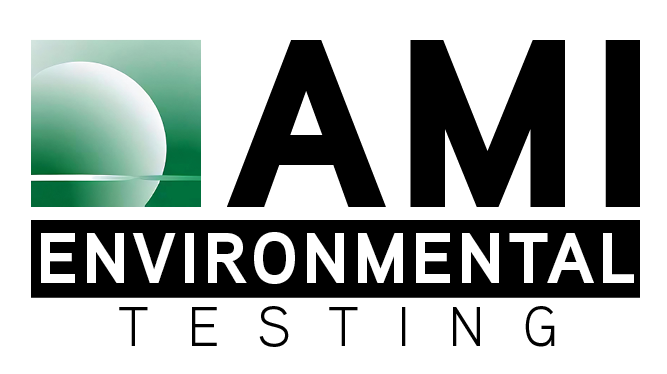 OSHA has revised its Hazardous Communication Standard (HCS) to help protect workers and to ensure that American businesses can remain competitive in the global marketplace.
OSHA has revised its Hazardous Communication Standard (HCS) to help protect workers and to ensure that American businesses can remain competitive in the global marketplace.
Why did the Hazard Communication Standard change?
Previous to the change, OSHA’s Hazard Communication standard was one of the most sited standards. OSHA hopes to improve compliance with this standard by adopting the Globally Harmonized System (GHS) of Classification and Labeling of Chemicals. The new labeling requirements aim to make it easier for employees to identify hazardous chemicals, and to find the necessary first aid steps if an accident were to occur.
With implementation of the new requirements, OSHA expects to see hundreds of fewer injuries and illnesses among employees and tens of millions in savings for businesses each year. Additionally, new labels required by the change include pictograms that will be easier for non-English-speaking and low-literacy employees to understand. Adoption of the Globally Harmonized System of Classification and Labeling of Chemicals will make it easier for workers to identify chemicals manufactured in the United States and abroad, and help increase efficiency so American businesses can keep a competitive edge in the global marketplace.
The basics:
The final deadline for the new GHS requirements to be put into effect is June 1, 2015, but employees will start seeing changes as early as the next few months. It’s important to train employees on the changes now to eliminate any chance of confusion. There will be two major changes:
- New SDS sheets: The traditional material safety data sheets (MSDS-which must accompany all chemicals-have been replaced with new safety data sheets (SDS) that prioritize the most important and lifesaving information at the top.
- New labels: There will be new labels that are more visual and include pictograms for quick-identification of chemical hazards and risks.
How does this affect your workplace?
While chemicals found in regular office supplies like pens, white out, window cleaner, etc. are exempt from this OSHA regulation, employers still need to train their employees on the new standard if there is a chance that hazardous chemicals might be encountered or used in their workplace.
It is important to note that even temporary circumstances, like construction or remediation, that might introduce hazardous chemicals into the workplace are covered under OSHA regulation. This means that all employees who might encounter hazardous chemicals-even in these types of circumstances-must be trained on the new GHS aspect of OSHA’s Hazard Communication Standard.



